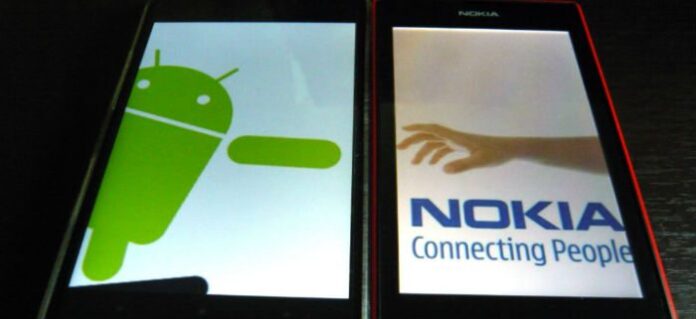The next generation of “5G” mobile connectivity promises virtually no latency based on dynamic use of technology like LTE-Advanced, Wi-Fi and small cells comprising ultra-dense networks. And with limited commercialization slated for as early as 2018, research and development is going on in earnest.
Technology and networking infrastructure powerhouse Nokia is moving in that direction with its collaborative NORMA (5G Novel Radio Multiservice adaptive network Architecture), which brings together vendors, operators, enterprise players and academics to jointly answer the question: What is 5G?
In an exclusive interview with RCR Wireless News, Peter Merz, Nokia’s head of radio systems research, said the Finnish company considers 5G “a marathon” rather than a sprint.
“5G is still years before the commercial reality but there are important things happening,” Merz said. “We have pre-standardized commercial trials during the Seoul Olympics in February 2018. We expect the complete ecosystem, the first 5G commercial networks, will start in 2020. We are now moving from a more research-oriented phase to a phase … for standardization. That is what we from Nokia Networks are trying to do.”
Enter NORMA, which endeavors over a period of 30 months to conceptualize a new mobile network architecture for 5G, which could include creation of products, patents, commercialization and startup creation.
Nokia is working in conjunction with vendors Alcatel-Lucent (the two firms are working toward a merger that’s under consideration by international regulators), NEC and ATOS. On the operator side, Deutsche Telekom, Orange and Telefónica are in the mix, while enterprise is represented by Azcom Technology, Nomor Research and Real Wireless. The University of Kaiserslautern in Germany, Kings College London and University Carlos III Madrid are also involved in the project.
Merz said the architectural development will “of course [be] based on NFV/SDN. The architecture in the 5G era will, of course, be cloud-based. We want to look at the RAN and the core network functions and we want to make all these functions localized to meet the requirements for 5G services. If we want to support low latency services, then we have to design an interface that supports low latency [of less than one millisecond delay]. We need to look at the delay from an end-to-end perspective.”
Merz emphasized the need for flexibility and stressed that “the RAN and core network are going to blur.” Click here for more information about Nokia’s 5G-related efforts.

